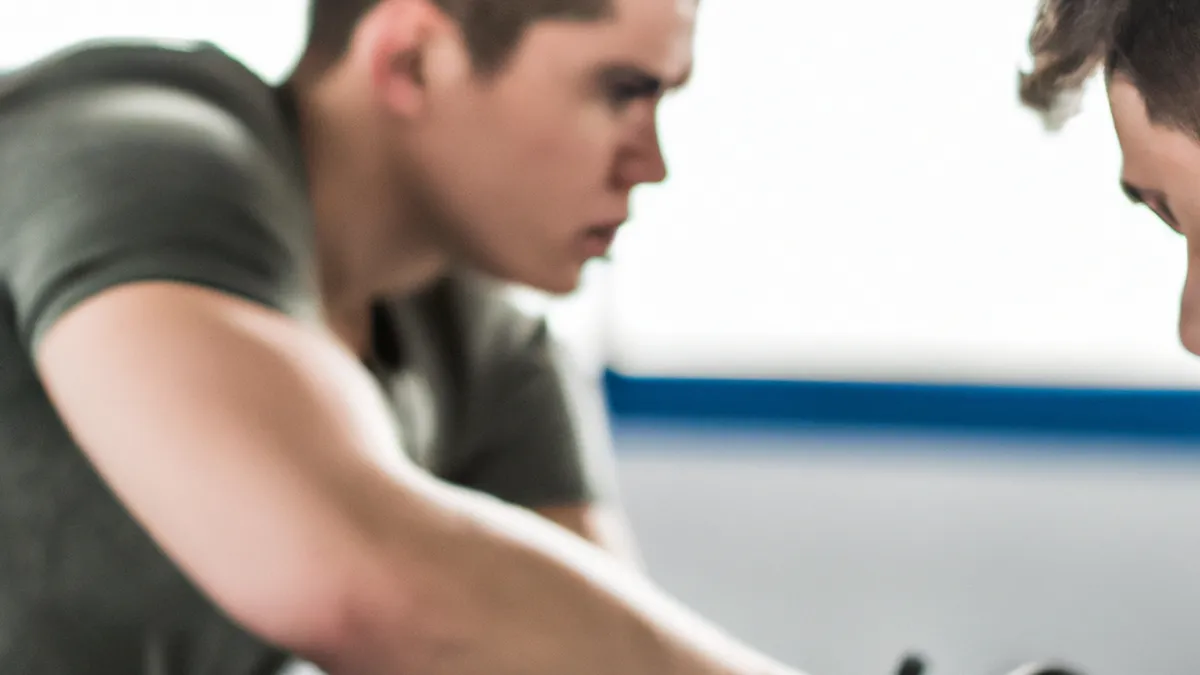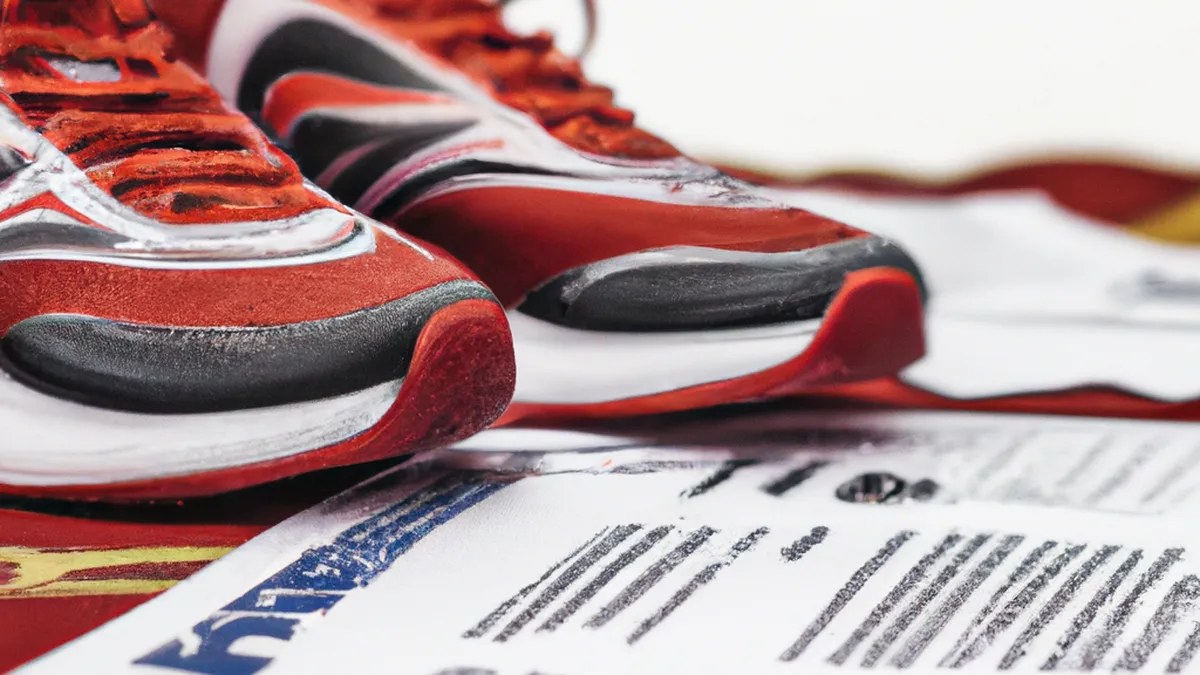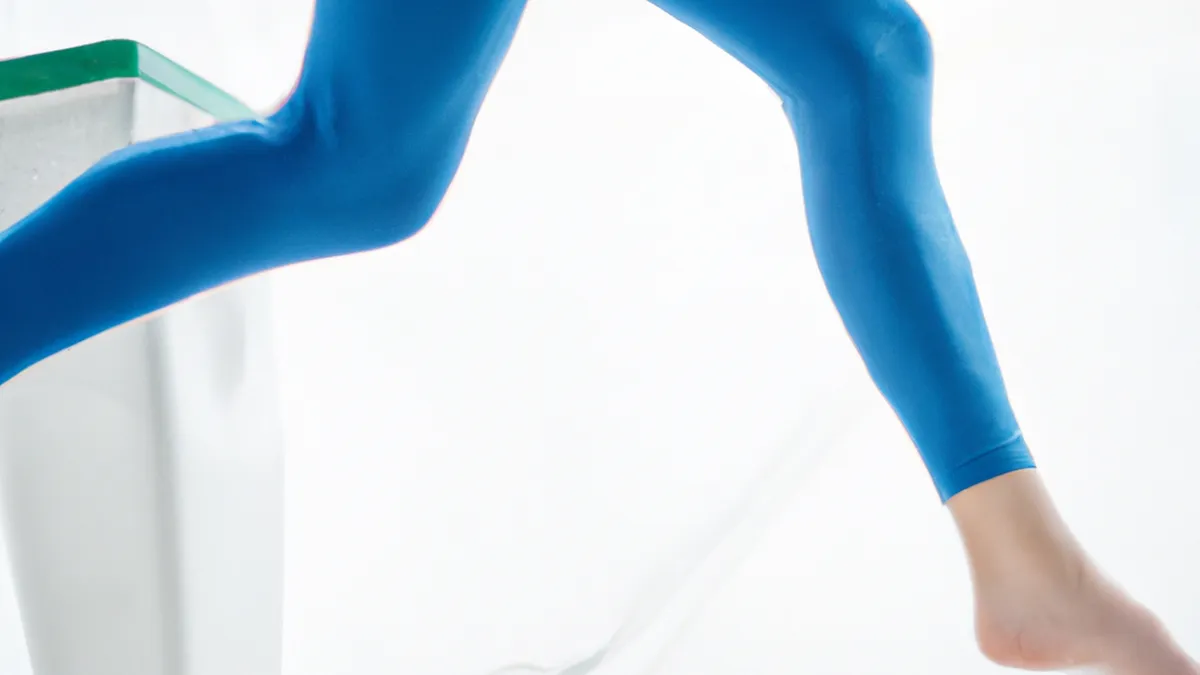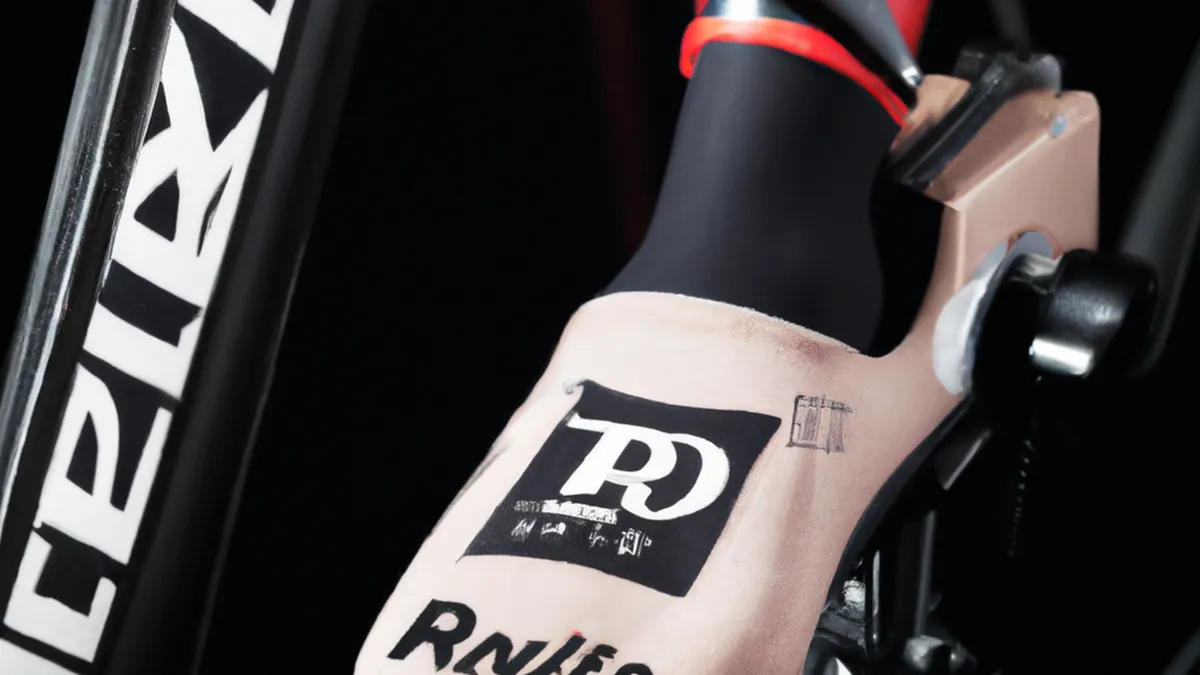Methods for Gauging Athletic Performance Preparedness
Methods for Assessing Athlete Readiness for Performance
As an Amazon Associate I earn from qualifying purchases.
Gear tip: consider foam roller, lacrosse ball and massage gun to support this workout.
Coaches and trainers must evaluate an athlete’s readiness for peak performance. Reliable methods ensure athletes prepare physically and mentally. This post explores effective assessment strategies for enhancing performance readiness.
Importance of Athlete Readiness
Athlete readiness directly impacts peak performance. Proper assessments prevent injuries, optimize training, and improve results. Ready athletes perform better and recover faster. Neglecting readiness can lead to burnout and injuries, hindering careers. Coaches and sports organizations should prioritize readiness assessments.
Key Assessment Methods
Several methods assess athlete readiness. Each method offers unique advantages. Combining different approaches provides a comprehensive overview. Here are effective strategies to consider:
1. Physical Fitness Tests
Conduct physical fitness tests to evaluate an athlete’s condition. These tests include:
– **Strength assessments**: Measure an athlete’s force exertion. Common exercises include bench press, squats, and deadlifts.
– **Endurance tests**: Evaluate stamina for sports requiring prolonged effort. Use tests like the Cooper 12-minute run or beep test for cardiovascular endurance.
– **Flexibility assessments**: Assess flexibility, vital for optimal performance. Use the sit-and-reach test to evaluate range of motion.
Regularly performing these tests provides valuable data for improvement. Coaches can adjust training plans based on this data.
2. Psychological Assessments
Mental readiness equals physical readiness in importance. An athlete’s mindset influences performance significantly. Use psychological assessments to gauge mental states. Common methods include:
– **Questionnaires**: Use standardized forms like the Sport Anxiety Scale to assess anxiety, motivation, and confidence levels.
– **Interviews**: Engage athletes in conversations about their mental states. Discuss goals, fears, and competition-related stressors.
– **Visual imagery exercises**: Assess how athletes visualize performance. Encourage athletes to imagine success in various scenarios to build confidence.
These assessments identify mental barriers affecting performance. Addressing psychological readiness enhances athletic performance and develops coping strategies.
3. Training Load Monitoring
Regularly monitor training loads to ensure athletes maintain optimal intensity and recovery. This approach prevents overtraining and injuries.
Conclusion
Assessing athlete readiness involves physical fitness tests, psychological evaluations, and training load monitoring. These methods enhance performance and support athletes’ overall development.
Below are related products based on this post:
FAQ
What are the key methods for assessing athlete readiness for performance?
The key methods for assessing athlete readiness include physical fitness tests, psychological assessments, and training load monitoring. Each method plays a crucial role in evaluating an athlete’s physical and mental preparedness, helping coaches tailor training programs for optimal performance.
Why is it important to assess an athlete’s psychological readiness?
Assessing an athlete’s psychological readiness is important because an athlete’s mindset significantly influences their performance. Mental factors such as anxiety, motivation, and confidence can impact how well they compete. Understanding these aspects through psychological assessments allows coaches to address mental barriers and enhance overall performance.
How can training load monitoring benefit athletes?
Training load monitoring benefits athletes by ensuring they maintain optimal intensity and recovery levels. This practice helps prevent overtraining and reduces the risk of injuries, allowing athletes to perform at their best and recover effectively between training sessions.















Post Comment